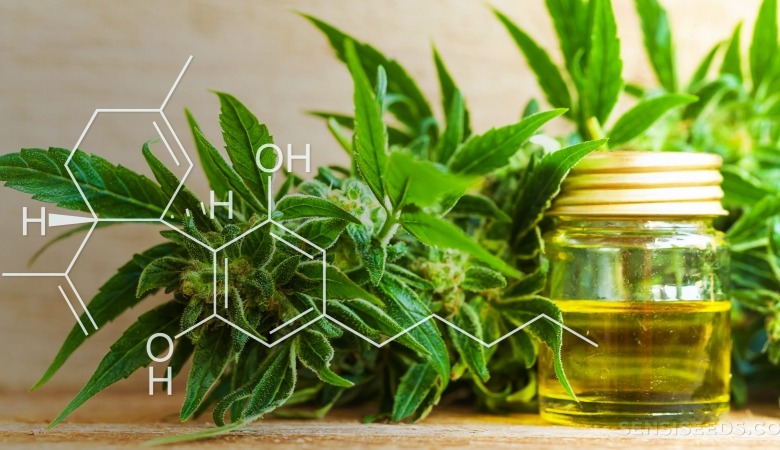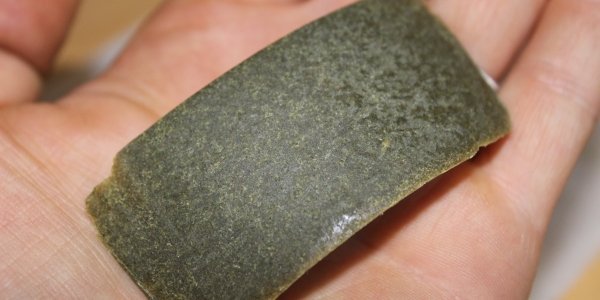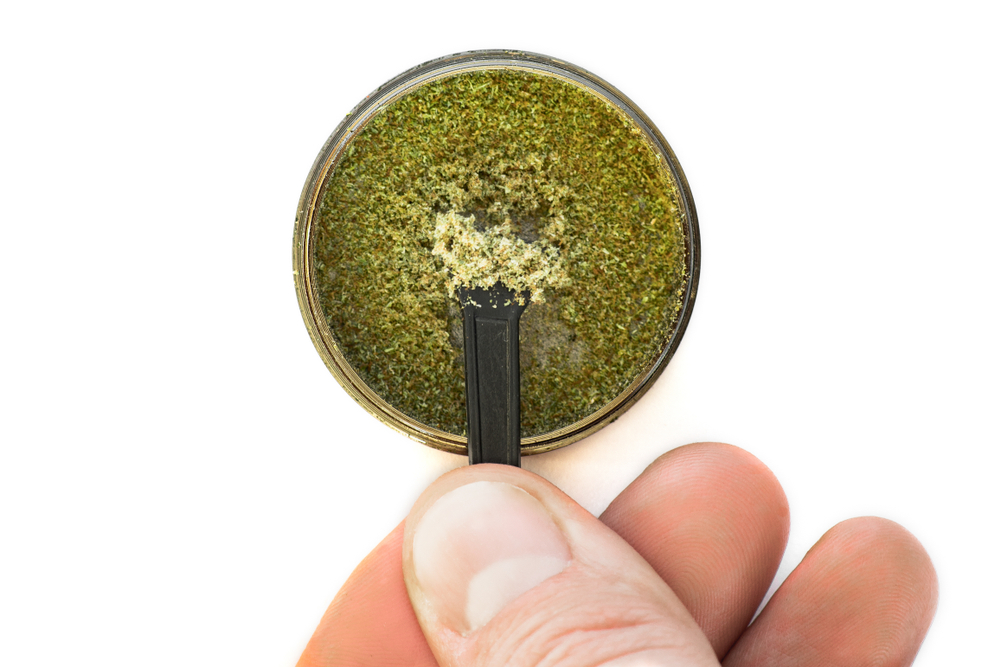Hashish, derived from the resin or pollen of cannabis, comes in different shapes and colors and is most commonly consumed through cigarettes or pipes, often mixed with tobacco. Its THC content ranges from 8% to 14%, making it easy to transport and the main form of cannabis trade in many countries in Asia, Africa and Europe.
Originating in ancient Persia, mass production of hashish became popular in Morocco in the 1960s and 1970s, consolidating it as the world’s leading exporter. Its preparation has evolved, employing modern methods such as separations with ice and water, static electricity, heat and pressure, among others.
Several investigations have linked the characteristic flavor of hashish to specific manufacturing processes. In legal terms, cannabis and its derivatives are subject to regulations that vary from country to country, being controlled due to its high THC content, although changes in legislation have been proposed, arguing the failure of prohibitionist policies.
The quality of hashish can be determined by its aroma and texture, with a fragrant smell and non-sticky consistency being signs of high quality, while a rancid smell or presence of oils may indicate the opposite. Color can also be indicative of quality, with an overly green interior being a possible sign of lower purity.
Hashish, a concentrated resin of cannabis, has been a substance of human interest for centuries. However, its quality varies significantly, and distinguishing between high and low-quality products can be a challenge for consumers. Here, we will explain and explore some keys to identifying the quality of hashish.
Visual and Tactile Aspects:
High-quality hashish often has a sticky and oily appearance, with a smooth and malleable texture. Its colors can range from light browns to golden or even yellow tones. The consistency should be uniform and should not contain foreign elements, such as visible hairs or impurities.

Aroma and Flavor:
The aroma and flavor of top-quality hashish are distinctive and complex. It may present earthy, floral, or spicy notes, depending on the variety of cannabis used in its production. Low-quality hashish may have an unpleasant smell or lack aroma, indicating a lower concentration of active compounds.
Combustion Tests:
When burning hashish, observe how it burns and what kind of ashes it leaves. High-quality hashish should burn slowly, producing white and light ash. On the other hand, low-quality hashish may burn quickly and leave dark and heavy ash.
Psychoactive Effects:
The quality of hashish can also be determined by its psychoactive effects. High-quality hashish provides a smooth and potent experience with lasting and balanced effects. Consumers may experience a deep sense of relaxation, euphoria, and mental clarity. In contrast, low-quality hashish may have less pronounced effects or even lead to unwanted effects such as anxiety or excessive drowsiness.
Legal and Safety Considerations:
It is important to remember that the consumption and possession of hashish may be regulated by law in many jurisdictions. Make sure to be aware of local laws before acquiring or consuming hashish, and always purchase products from reliable and legal sources to ensure safety and quality.
Identifying the quality of hashish can be crucial to ensuring a satisfying and safe consumption experience. By paying attention to aspects such as visual and tactile appearance, aroma and flavor, combustion tests, and psychoactive effects,

consumers can make informed decisions and enjoy the benefits of this ancient substance responsibly and consciously.
Varieties of hashish:
The world of hashish offers a diversity of varieties, each with characteristic effects. Among the best known are:
Black hashish: Extracted from the leaves and stems of the cannabis plant, it is recognized for its high potency.
Blond hashish: Made from the flowers of the plant, it is less potent than black hashish but equally popular.
Red hashish: With a reddish hue, it is obtained from leaves and stems, offering an intermediate experience in terms of potency.
Effects of hashish
The effects of hashish vary according to the type, quantity and individual. Among the most frequent are:
Relaxation and Euphoria: Generates feelings of calm and well-being.
Relief of Chronic Pain: It has been observed its capacity to mitigate persistent ailments.
Appetite Stimulation: It often increases the desire to eat.
Responsible and conscious consumption is essential to maximize the benefits and minimize the risks associated with hashish use.
Hashish strains and their health benefits
Hashish consumption offers several options, from smoking to preparing edibles with cannabis concentrates. Strains include Bubble Hash, Rosin, Shatter, Cera, Crumble, Budder, among others. They all share intense aromas and fragrant flavors due to the trichomes of the cannabis plant, which contain cannabinoids, terpenes and flavonoids.
The difference between these forms of hashish lies in their production method and purity. For example, Bubble Hash is made with ice water, while honey oil is the most concentrated form.

Health Benefits
Hash, with higher concentrations of THC than non-concentrated cannabis, can be effective in treating chronic pain, including neuropathic pain. In addition, it has been shown to benefit in the treatment of various medical conditions such as cancer, multiple sclerosis, insomnia, anxiety, among others.
However, it is recommended to consult a physician before using hashish products, especially if you are taking other medications.
Risks and side effects
Hashish use carries similar risks and side effects to non-concentrated cannabis, but intensified. These include confusion, paranoia, increased appetite, among others. It is crucial to use in moderation and with caution to avoid unwanted effects.
Consulting with a physician prior to recreational hashish use can help ensure a safe experience.
















